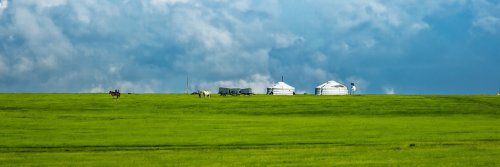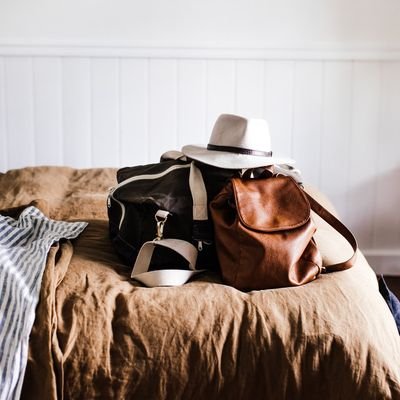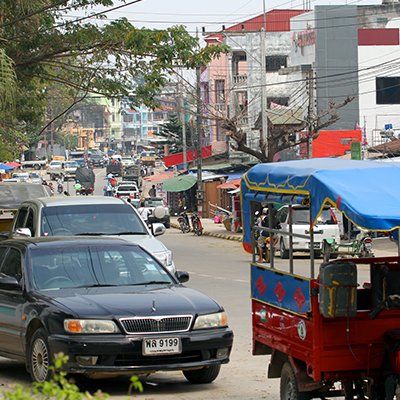A land where the number of horses is equivalent to its sparse population—approximately 3.2 million—Mongolia is not on everyone's radar as a country to visit. The country and its friendly nomadic people will open your eyes to a different world. The sun will be out, but it won't be warm due to its high altitude—winter can bring temperatures of minus 35 degrees Celsius. This picturesque land is where the last remaining Gobi bears hide in the desert, where the hooves of yaks pound the earth sprinkled with mirror-like crystal lakes, and never-ending steppes are home to herds of gazelles gracefully grazing.
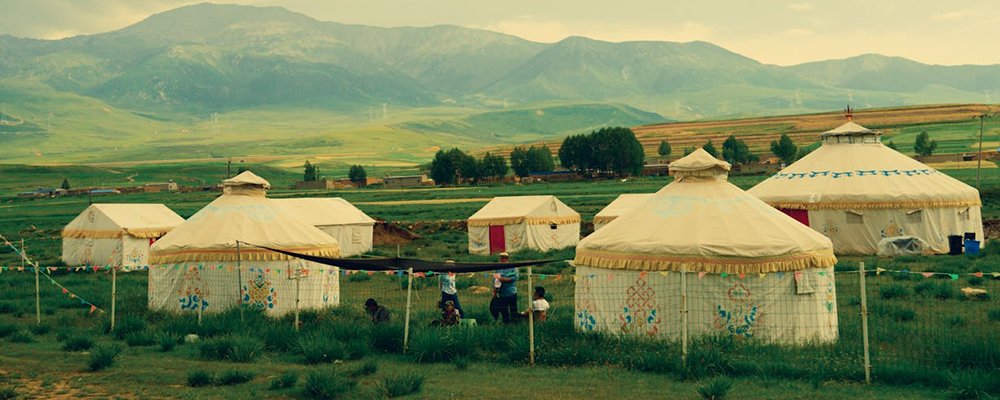
Many of the locals, of which more than a quarter of the population are nomadic, move with their animals in symphony with the seasons as nature demands. Living in yurts or gers (felt tents), they live a simple life greeting strangers with a cup of fermented horse milk (airag) and sometimes the traditional dish of ‘boodog’—goat meat cooked with hot rocks under the skin plus lashings of onions and vegetables. Sitting near the border with Siberia in the north of Mongolia you will find the Reindeer people who, for centuries, spend their lives herding reindeer and living in tents; tipis, similar to that of Native Americans. They have their own unique culture and language. There is no fence of any description in the countryside where cattle peacefully roam, and small towns randomly pop up out of nowhere. You can go for days without seeing another living soul.
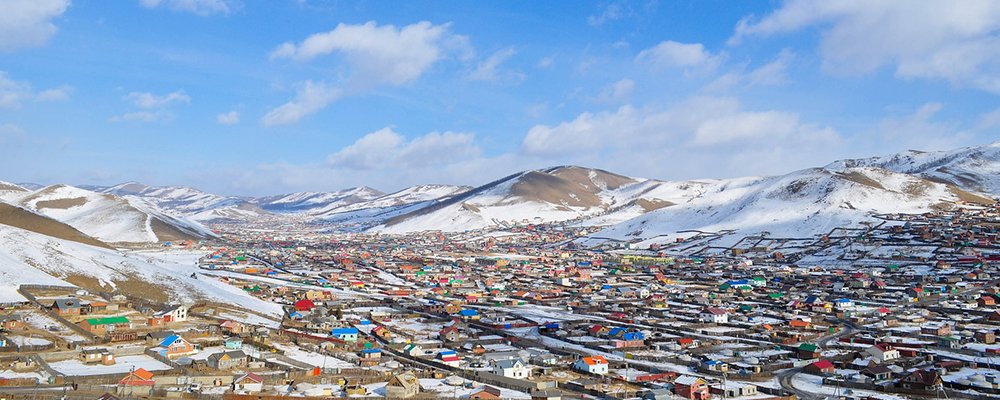
The capital city is Ulaanbaatar, where approximately 1.3 million people live, is huddled in the Tuul River valley with a history dating back to the 18th Century when nomadic Buddhists would congregate. Ulaanbaatar is the coldest capital in the world; it's little wonder that ice cream is sold on the streets in cardboard boxes from stalls with absolutely no refrigeration during the winter months. Ulaanbaatar is slowly catching up with the rest of the world. Still, the stains of its past remain in rustic monasteries and Soviet-era buildings that witnessed a religious purge in the 20th Century.
The capital city is super close to the Khustai National Park, where wild horses roam beside running rivers. You will also find the Terelj National Park with its iconic and quirky turtle rock. Reindeer hide amidst mountains and forests, and the Khovsgol Lake will leave you gobsmacked by its stunning beauty. The Tavan Bogd Altai Mountains, whose peaks drip with snow, are an adventurer's dream destination.
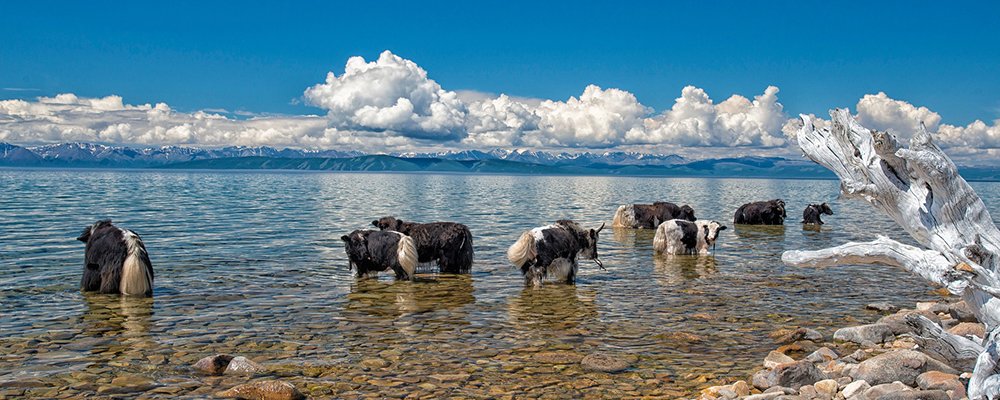
The Gobi Desert, on the border with China, is the sixth largest in the world. Thirty percent of the desert is smothered in sand dunes; the remainder is rocks, which are believed to have the world's largest deposit of dinosaur fossils. Two-humped camels majestically sail across the open expanse as they once did on the ancient Silk Road. To hear the famous singing sand dunes, you must clamber up the Khongor Sand Dunes to the top, where the wind plays amidst the sand, causing mini avalanches. The Gobi Desert is also where the Yol Valley is located. This incredible lush landscape is astounding in that during June and July of each year, you can walk on a frozen lake while being surrounded by desert. In the south Gobi, the rare and endangered snow leopard hides.
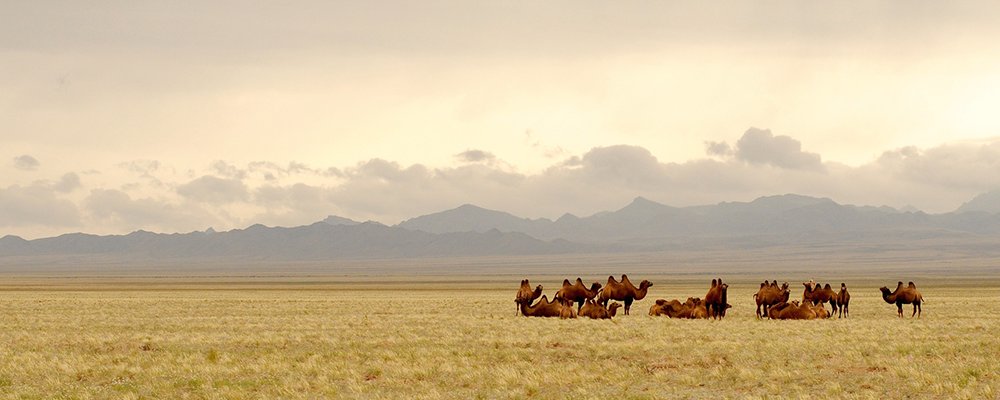
Festivals throughout the year celebrate life. During February, the town of Bulgan hosts the 'Thousand Camel Festival,' which gives insight into the Mongolian herders' nomadic way of life. It's a loud and enthusiastic affair of bellows and rumbles with a few high-pitched bleats thrown in from the vast number of camels participating in races and polo events. The Ice Festival at Khuvsgul Lake in the Taiga Mountains occurs in March. It's a riotous affair of ice sumo, ice races of all kinds, and a hilarious tug-of-war on the ice. Their spiritual way of life is displayed in a traditional dance around a massive bonfire. Dating back to Genghis Khan, the Naadam Festival showcases three Mongolian sports: wrestling, archery, and horse racing. The biggest event is held in Ulaanbaatar. In the land of historical ruins, Orkhon River Valley, the Yak Festival annually occurs in July. It's a riotous affair of milking competitions, rodeos, races, and polo on a yak. In fact, anything to do with a yak occurs. All things to do with reindeers also happens in July at the Reindeer Festival when the Reindeer People venture from their remote homes to give everyone a taste of their culture, including reindeer polo, a shaman ritual, wrestling, and an open-air marketplace where you can pick up the latest clothes made of reindeer skin. The most touted festival in Mongolia is the Golden Eagle Festival, held in October each year by the Kazakh people. Hunters flaunt their skills on horses, and golden eagles soar, displaying their ancient heritage.
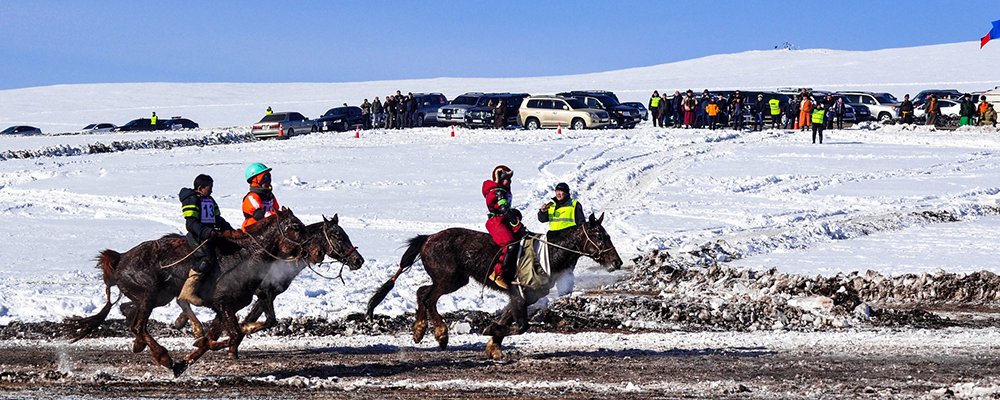
Mongolia is a place where you can glide across a desert, explore the expansive grasslands of the steppes, and marvel at icy beauty in a matter of days. It's a world where you can disconnect completely and immerse yourself in nature that is seemingly untouched by man.
Gail Palethorpe, a self proclaimed Australian gypsy, is a freelance writer, photographer and eternal traveller. Check out her website Gail Palethorpe Photography and her Shutterstock profile.

